Liquid Soap Dispensers: Types, Benefits, and How to Choose the Right Solution
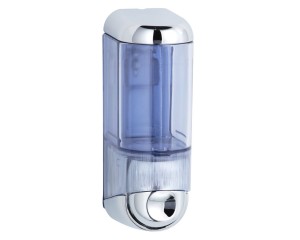 Liquid soap dispensers are an essential part of hygiene solutions in public and commercial spaces. They ensure convenient and efficient soap use while reducing surface contamination and maintaining cleanliness. Compared to single-use soap bottles, liquid soap dispensers offer a long-term, cost-effective, eco-friendly, and user-friendly solution.
Liquid soap dispensers are an essential part of hygiene solutions in public and commercial spaces. They ensure convenient and efficient soap use while reducing surface contamination and maintaining cleanliness. Compared to single-use soap bottles, liquid soap dispensers offer a long-term, cost-effective, eco-friendly, and user-friendly solution.
Types of Liquid Soap Dispensers
- Automatic Liquid Soap Dispensers
Automatic dispensers operate touch-free—motion sensors activate the dispensing mechanism, releasing soap without the need for physical contact. This feature is particularly important in places requiring a high level of hygiene, such as hospitals, hotels, offices, and schools. Automatic dispensers reduce surface contact, ensuring a cleaner and more convenient handwashing experience in high-traffic areas.
- Manual Liquid Soap Dispensers
Manual dispensers require users to press a button or lever to release soap. These simple and cost-effective solutions are suitable for locations with lower foot traffic, such as offices, cafés, or small restaurants. While they require direct contact, their simplicity and reliability make them widely used in various settings.
Why Choose Liquid Soap Dispensers?
Liquid soap dispensers help reduce the spread of bacteria and viruses while ensuring economical soap usage. Compared to disposable soap bottles, dispensers are more reliable and long-lasting since they can be easily refilled and require less maintenance. Automatic dispensers help eliminate direct contact with surfaces, ensuring higher hygiene standards and reducing the risk of infections.
Touchless dispensers are particularly valued for their high hygiene standards and convenience. They efficiently dispense the required amount of soap without additional effort, making them a popular choice in hotels, shopping centers, hospitals, and other facilities where high cleanliness standards are essential.
Key Considerations When Choosing Liquid Soap Dispensers
- Usage Location and Traffic
When selecting a liquid soap dispenser, it is essential to evaluate the expected usage intensity. Automatic dispensers are ideal for high-traffic areas, such as hospitals and shopping centers, where quick and hygienic soap dispensing is crucial. For lower-traffic areas, manual dispensers provide a cost-effective and easy-to-maintain option.
- Material and Design
Dispensers should be made from high-quality, durable materials resistant to moisture and daily wear. Stainless steel or sturdy plastic constructions ensure long-lasting performance and an aesthetic appearance that fits well in various interiors.
- Capacity and Refilling Ease
For high-traffic areas, it is important to choose dispensers with sufficient capacity to reduce the frequency of refills. Additionally, easy refilling mechanisms help maintenance staff quickly and efficiently replenish the dispenser.
- Energy Efficiency
Automatic liquid soap dispensers can be battery-operated or connected to a power source. When choosing a model, consider energy consumption and operational costs. Energy-efficient dispensers not only save power but also provide long-term reliability.
Liquid soap dispensers are an essential hygiene solution, ensuring cleanliness and efficiency in various public and commercial spaces. By selecting the right dispensers, you can enhance user convenience, reduce operational costs, and maintain long-term hygiene standards.
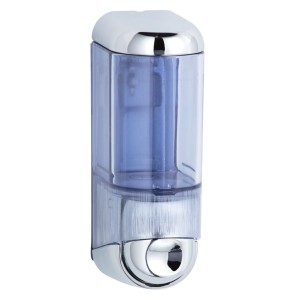

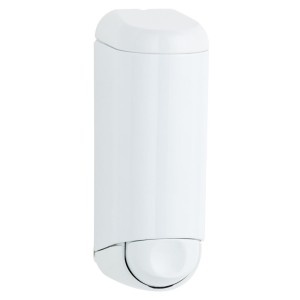
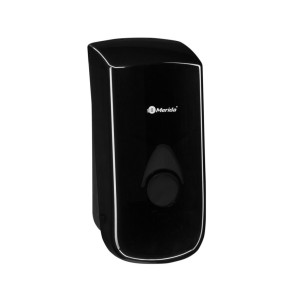
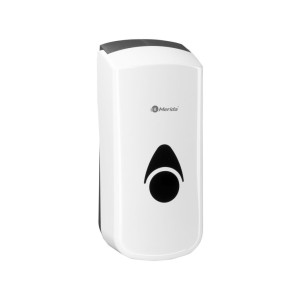
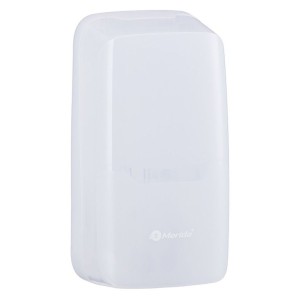
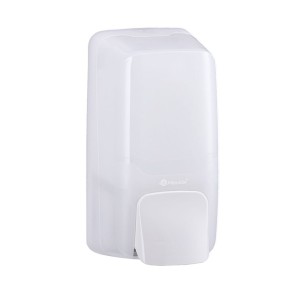


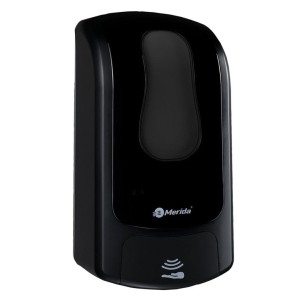
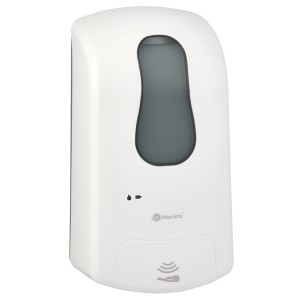
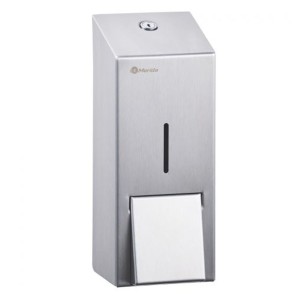
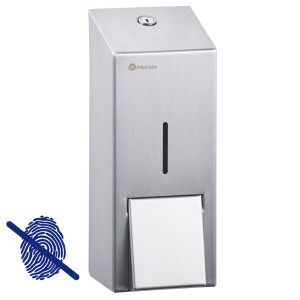


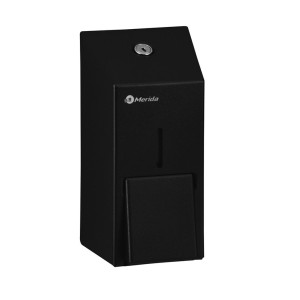

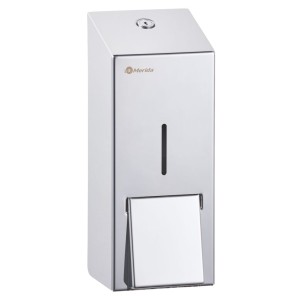
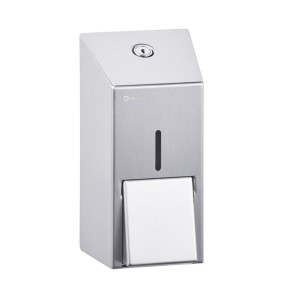
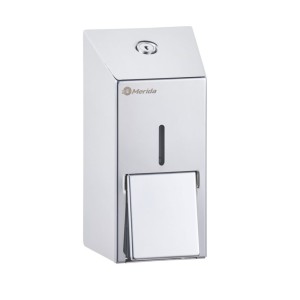
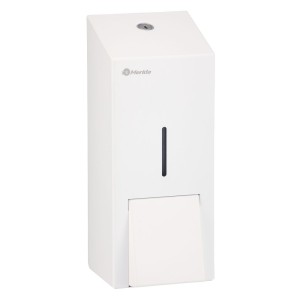

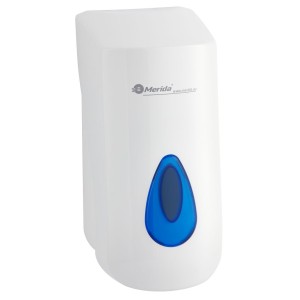
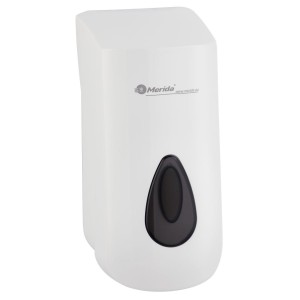
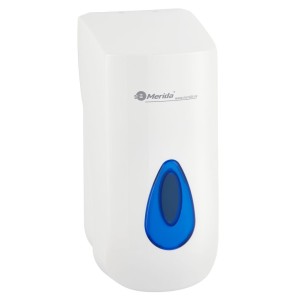
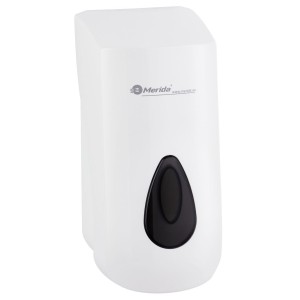

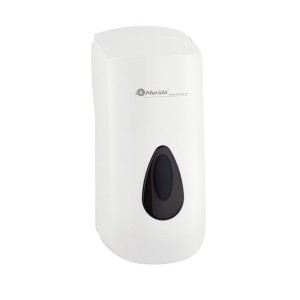
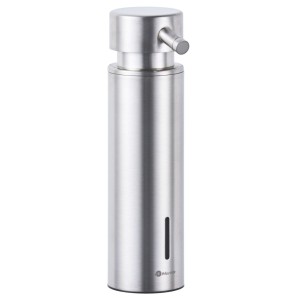

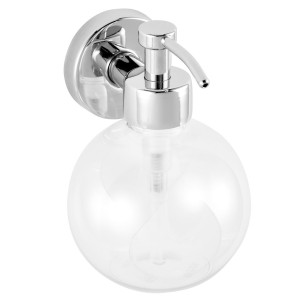
 Liquid soap dispensers are an essential part of hygiene solutions in public and commercial spaces. They ensure convenient and efficient soap use while reducing surface contamination and maintaining cleanliness. Compared to single-use soap bottles, liquid soap dispensers offer a long-term, cost-effective, eco-friendly, and user-friendly solution.
Liquid soap dispensers are an essential part of hygiene solutions in public and commercial spaces. They ensure convenient and efficient soap use while reducing surface contamination and maintaining cleanliness. Compared to single-use soap bottles, liquid soap dispensers offer a long-term, cost-effective, eco-friendly, and user-friendly solution.